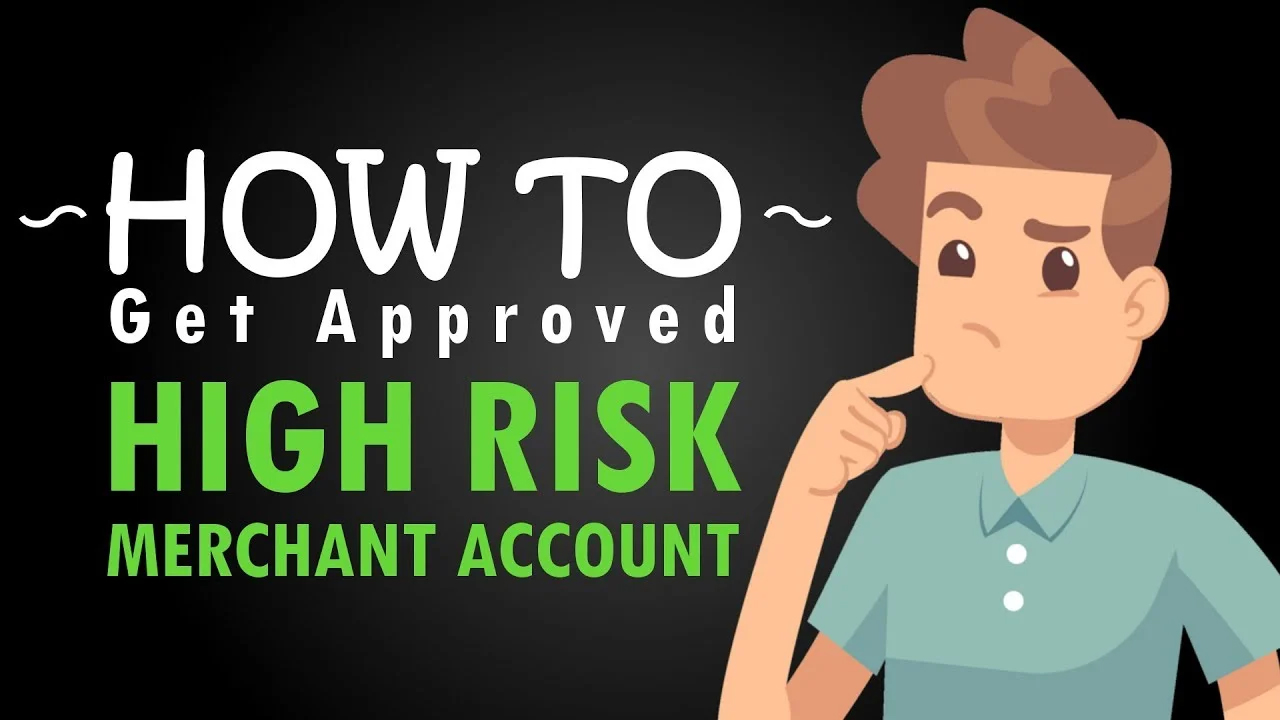
In today’s digital age, companies of all sizes rely on safe and efficient payment processing solutions. However, not all businesses are treated the same when it comes to obtaining merchant accounts. Some industries are classified as “high risk” due to considerations such as increased chargeback rates, probable fraud, or regulatory monitoring. These businesses require a high risk merchant account. This article discusses high risk merchant accounts, their benefits, and how businesses can use them to prosper despite industry obstacles.
What is the definition of a high-risk merchant account?
A high risk merchant account is a payment processing service specifically developed for firms operating in high-risk industries. These risks are often caused by high rates of chargebacks, fraud, or legal and regulatory concerns. High-risk industries include gambling, adult entertainment, travel, medications, and subscription services.
Unlike standard merchant accounts, high risk merchant accounts have special features, such as higher fees and tougher regulations. Despite these problems, they enable businesses to accept credit card payments and handle transactions securely, allowing them to compete effectively in the market.
Why Are Some Businesses Considered High Risk?
Businesses are classed as high-risk for a variety of reasons. One of the most important considerations is the industry’s historical rate of chargebacks and fraud. For example, e-commerce enterprises that sell digital goods or services are more likely to receive chargebacks due to customer disputes about non-tangible objects. Similarly, firms in industries such as travel and events face risk since customers may request refunds if plans alter or services are cancelled.
Other elements that contribute to a high risk classification are regulatory problems and compliance issues. Certain items and services, such as alcohol, tobacco, and weapons, are subject to rigorous laws, making these enterprises more susceptible to sanctions and legal action.
Advantages of a High Risk Merchant Account: 1. Access to Payment Processing.
One of the primary advantages of a high risk merchant account is that it enables firms in dangerous industries to accept payments. Many traditional payment processors and banks avoid dealing with high-risk enterprises, leaving them unable to take credit card payments. A high-risk merchant account bridges this gap, allowing businesses to continue functioning and providing clients.
2. Fraud Detection and Prevention.
High risk merchant accounts frequently have extensive fraud detection features to help businesses avoid fraudulent transactions. This is especially important in high-risk businesses where fraud is more common. These techniques help to reduce financial losses by detecting suspicious activity early and stopping fraudulent transactions.
3. Chargeback Mitigation.
Chargebacks can be a major issue for high-risk firms, resulting in financial instability and possibly account closure. High-risk merchant accounts offer chargeback reduction measures, such as early warning systems and dispute resolution tools. These solutions aim to reduce the frequency of chargebacks and enable organizations to handle disputes more effectively.
Costs associated with a high risk merchant account.
While high risk merchant accounts provide critical services, they are generally more expensive than normal merchant accounts. Fees may include higher transaction rates, rolling reserves (a proportion of funds set aside to counter potential chargebacks), and monthly account fees. These charges represent the increased risk that payment processors face when working with high-risk organizations.
Despite the additional costs, the advantages of having access to secure payment processing frequently exceed the disadvantages. These specialist accounts enable high-risk enterprises to continue operations, accept payments abroad, and reduce financial concerns.
Choosing the Right High Risk Merchant Account Provider
Choosing the correct high risk merchant account provider is important for your company’s success. When considering possible providers, take into account a variety of aspects, including fees, terms, and the provider’s expertise working with organizations in your field.
Look for companies that provide effective fraud prevention technologies, chargeback protection services, and versatile payment choices, such as multi-currency compatibility. Consider the provider’s reputation and customer support, as these factors can have a significant impact on your experience with transaction management and dispute resolution.
Overcoming Challenges with a High-Risk Merchant Account
Operating with a high risk merchant account can be challenging, but with the correct methods, businesses can prosper. High-risk organizations can alleviate many of these difficulties by focusing on reducing chargebacks and fraud, adhering to industry standards, and selecting the correct payment processing partner.
Building great customer connections through openness, quality service, and efficient communication can help lower the likelihood of disputes and chargebacks. High-risk firms should also invest in solutions that monitor transactions in real time and provide insights into client behavior, thereby lowering the danger of fraudulent conduct.
Conclusion
A high risk merchant account is an important tool for firms working in industries that are deemed dangerous due to variables such as higher chargeback rates, fraud, and regulatory issues. These accounts may have higher fees and stricter terms, but they include crucial features such as fraud detection, chargeback mitigation, and global payment processing. Despite the challenges they encounter, high-risk firms can continue to expand and prosper by choosing the right provider and following successful methods.
A high risk merchant account is more than simply a payment processing solution for firms in dangerous industries; it is essential for survival and long-term success in a complex marketplace.